
Cultural attraction
Southern Ethiopia is rich in ethnic origins, and this area has yielded the first examples of primitive man. Although the migration of people eventually lead to the population of the whole planet, the original tribes of the valleys remain. There is a rich linguistic tradition, with 45 languages spoken by tribes ranging from the Borena and Mursi, to the smaller Karo and Dassanech (or Galeb) tribes. There are a fascinating range of cultural practices, a good example being the way in which they build their homes. The Sidama, Gurage and Dorze use bamboo in their beehive-like constructions, creating sturdy homes tailored to the environment with great endurance.
Other cultural practices include a variety of methods of body modification and decoration, with local materials and resources featuring heavily in the decoration applied to each tribe.
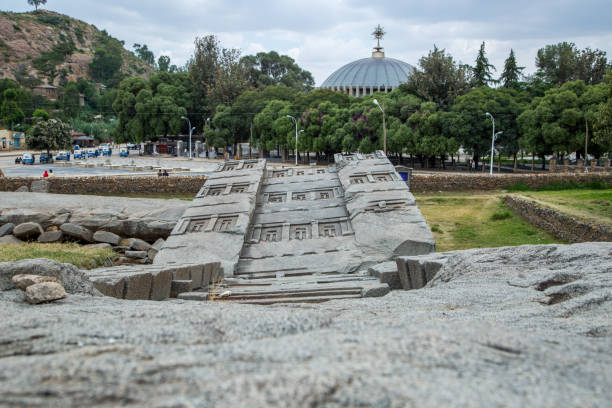
Axum
Axum is where Christianity arrived in Ethiopia in the 1st century (Acts 8: 26-39). It is the holiest city of the Ethiopian Orthodox faith. Axum is also a delight to archaeologists, with ruins of ancient tombs, stelae, palaces churches seen everywhere. Amazingly, 98 percent of the ancient city remains to be excavated. For all this historical religious richness, the city of Axum has been declared a World Heritage Site by UNESCO.
From the 10th to the 1st centuries BC, Axum was the capital of the great Axumite Empire, which is considered one of the last of the great civilizations. It was a thriving hub of commerce with Red Sea Indian Ocean ports and the earliest Christian kingdom in the world. Modern Axum retains little of its former grandeur, but it is still the spiritual heart of the country. It is a deeply religious city that houses the country’s most sacred artefact, the Ark of the Covenant.
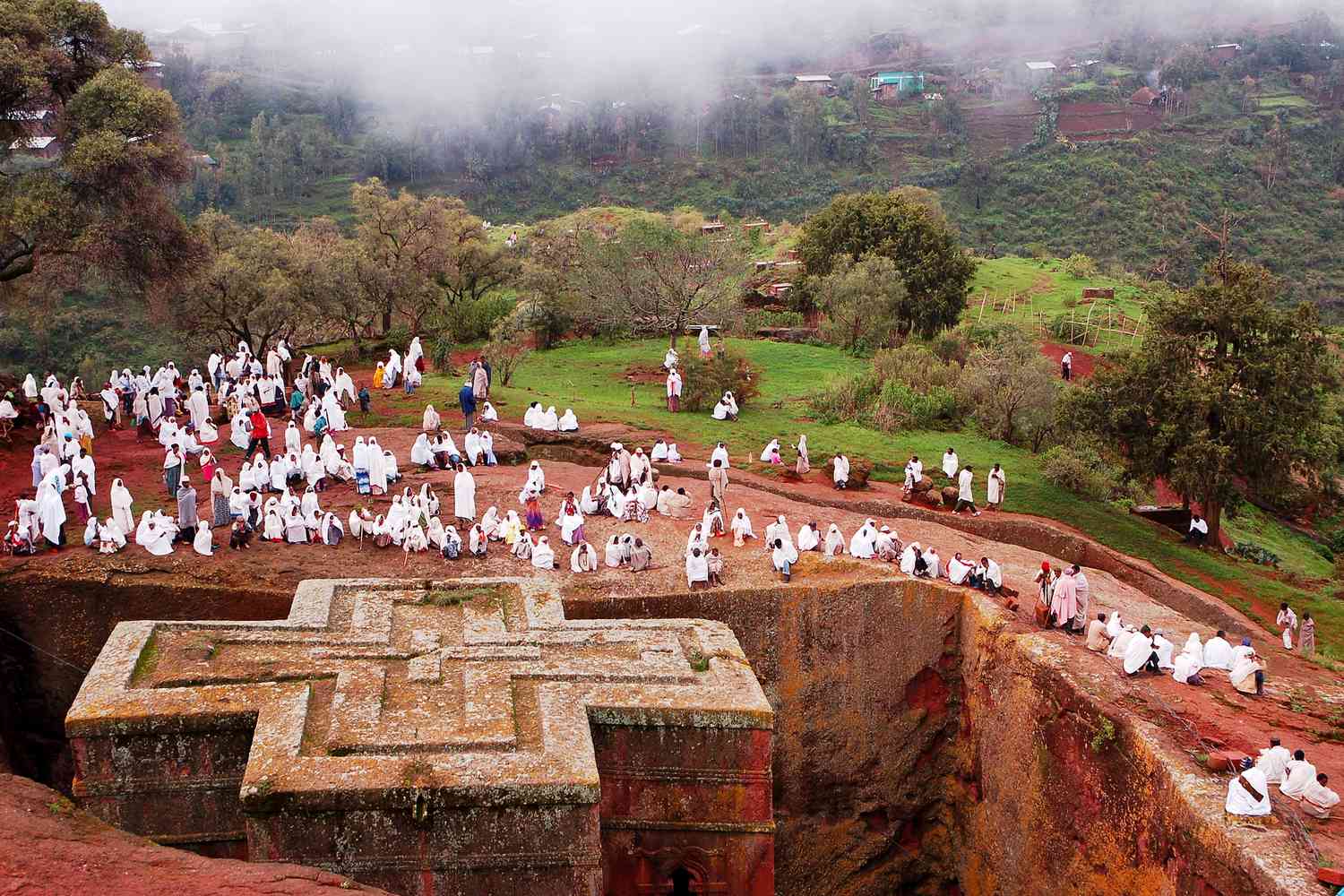
Lalibela
One of Ethiopia’s holiest places, which are famous for it is monolithic rock-hewn churches. It has the largest monolithic church in the world, a maze of passageways and tunnels, carved reliefs, and marvelous examples of icon paintings. The rock hewn of Lalibela churches has been declared a World Heritage Site by UNESCO. Lalibela is widely respected, especially by the local clergy, to be a symbolic representation of Jerusalem. No visitor to Ethiopia should miss them.
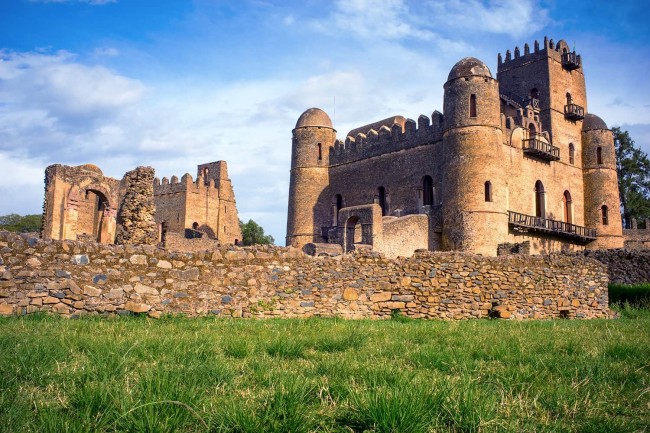
Gondar
Gondar was founded by Emperor Fasilides in the 17th century, grew as an agricultural market town and a center of religious study for the Ethiopian Orthodox Tewahedo Church. There are 44 churches in the city; for many years, Gondar had more old churches than any other city in Ethiopia.
The modern city of Gondar is a tourist destination for the many scenic ruins within the Royal Enclosure from which the Ethiopian Emperors once reigned. The most famous buildings in the city lie in the Royal Enclosure, which include Fasilides’s Castle, Iyasu’s Palace, Dawit’s Hall, a banqueting hall, stables, Mentewab’s Castle, a chancellery, library three churches and Fasilides’s Bath in the other side of the city., home to the annual celebration of Timkat(Epiphany),
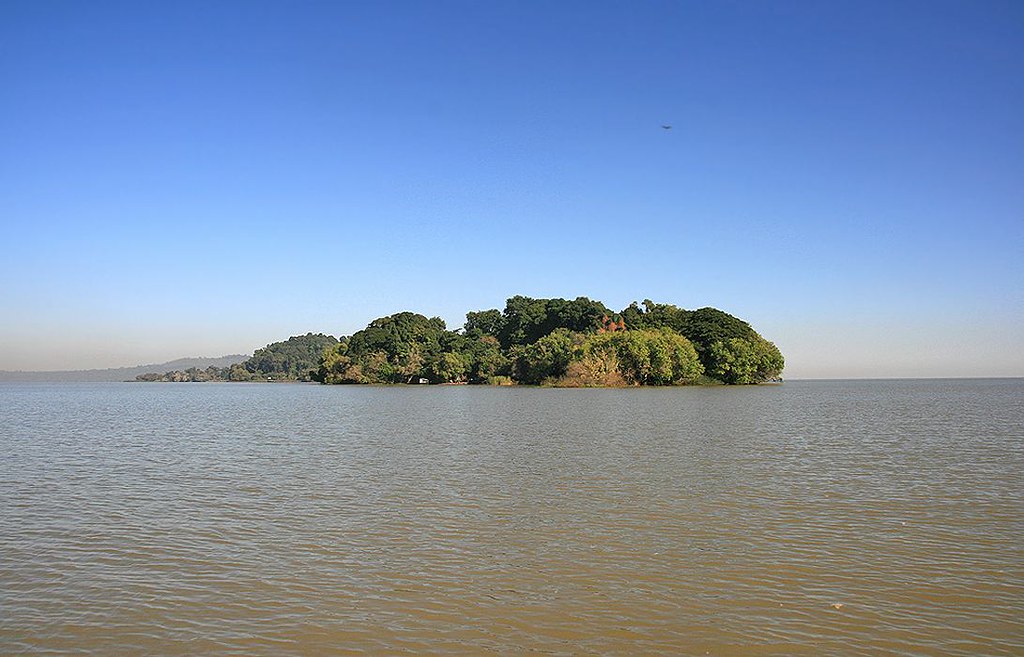
Bahir-Dar
Bahir-Dar is the gateway to the monasteries of Lake Tana and the Blue Nile
Falls (Tis Isat). It is one of the most beautiful, well planned, safest cities in Ethiopia; in 2002, it was awarded the UNESCO Cities for Peace Prize for addressing the challenges of rapid urbanization.
On the Isles of Lake Tana, there are some of the world’s oldest churches and monasteries. Most of the monasteries were established between the 13th to
17th centuries. The most accessible monasteries are EntosEyesus,
KibranGebriel, and UraKidaneMihret. Several other monasteries on Zege Peninsula. Every monasteries can be reached by a short boat trip. There is a gorgeous waterfall 35 km from Bahir Dar. Known as Blue Nile Falls in English, its name in Amharic, Tis Issat, means “Great smoke”.
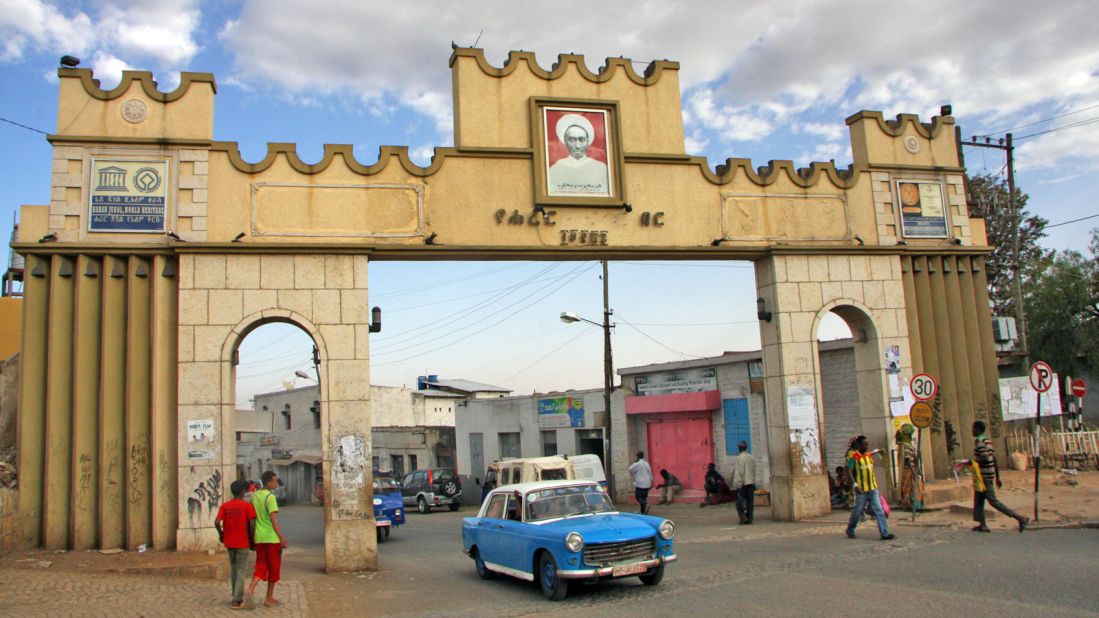
Harar
The colorful city of Ethiopia founded between the 7th and the 11th centuries and built between the 13th and 16th Centuries, during the Middle Ages, Harar was part of the Kingdom of Adal. In 1520, it became the capital of the Kingdom of Adal, under Abu Bakr ibn Muhammad. During the sixteenth century, which is thought of as the Golden Age of Harar, the local culture grew, with many poets living and writing in the city. Harar also became known for coffee, weaving, basketry, and book binding. Ethiopians consider it to be Islam’s fourth holiest city after Mecca, Jerusalem and Medina.

Addis Ababa
Addis Ababa was found in 1886 by Emperor Menelik II. It is the capital city of Ethiopia and political capital of Africa. It is a home to the African Union, the
United Nations Economic Commission for Africa (UNECA) and many other
International Organization. Addis is also home to a number of historical, cultural and archaeological attractions of its own. There is a half day, a full day and a one day excursion tours from Addis and it is an ideal place for Conference Tourists that just have a short period of time, after or before meetings.
Nature, Wildlife and Trekking
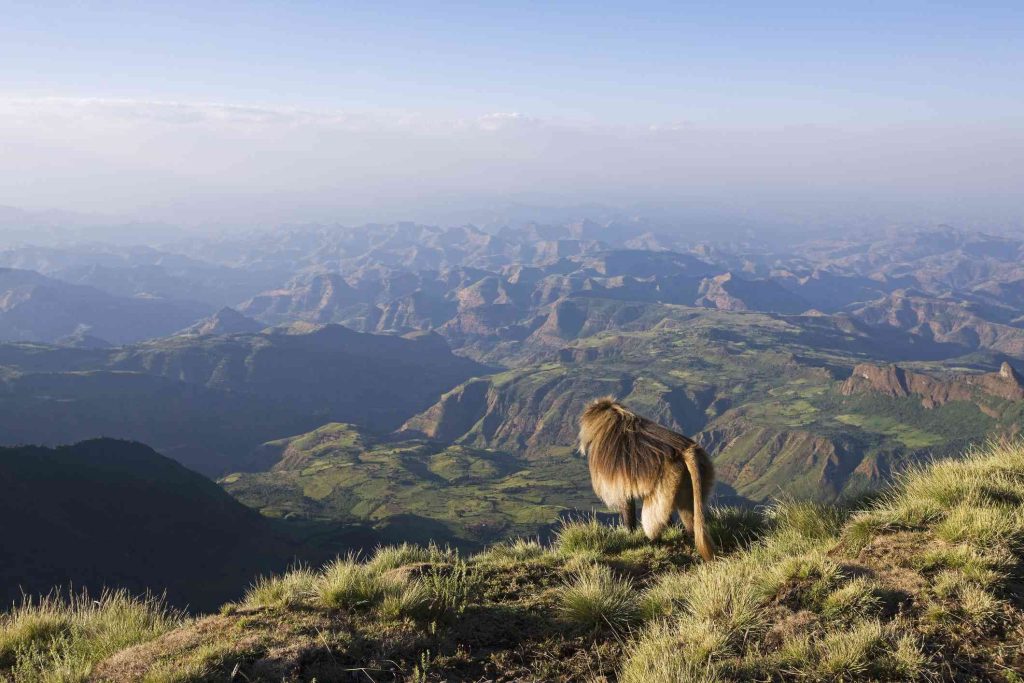
Simien Mountains National Park
UNESCO Natural World Heritage Site located in the northern edge of the Great Rift Valley, which passes through Ethiopia to Mozambique and stretches over 6000 km. Over millions of years, massive erosion of the Ethiopian plateau has created one of the most spectacular landscapes in the world, with jagged mountain peaks, deep valleys and sharp precipices dropping some 1.5km. The park is home to several endemic animals, such as the Gelada monkey (baboon), the Ethiopian Wolf, and the Walia ibex, which are found nowhere else in the world. The park also hosts a unique flora. The park contains the highest peak in Ethiopia and the fourth highest mountain in Africa, RasDashen (4543 m).
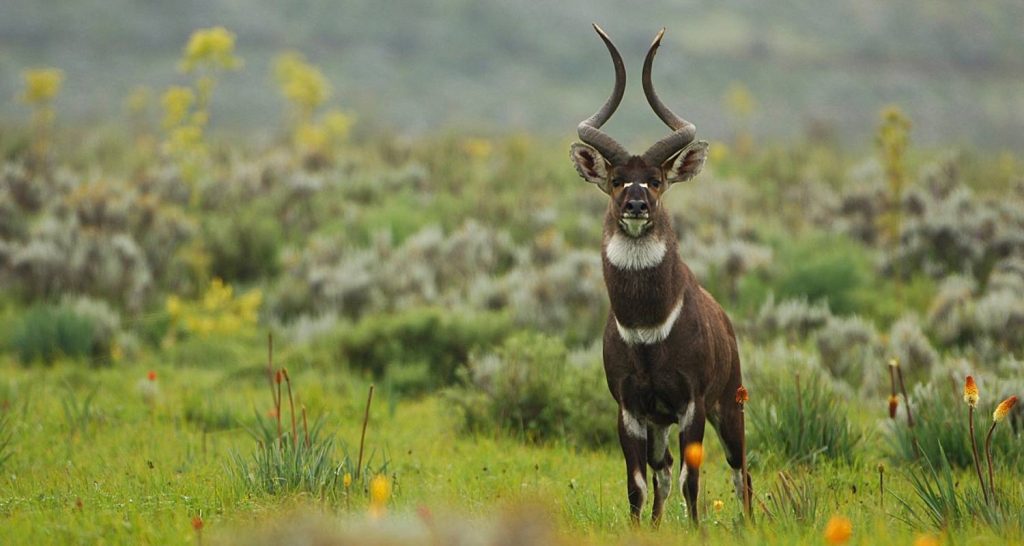
Bale' Mountains National Park
Bale Mountains are best known for their populations of endemic animals such as the Ethiopian Wolf and Mountain Nyala, their birds and alpine plants, and the opportunities they offer for hiking and horse-riding. There are horses everywhere, many of them colorfully decorated with ribbons and strings of red rosettes. For the visitor the back of a horse is an ideal way to explore the beautiful alpine scenery and striking geological features of these mountains.
Talk to us
With years of knowledge and a network of local partners, we love organizing trip plans and can help you choose when, where, and what to see in Ethiopia.
